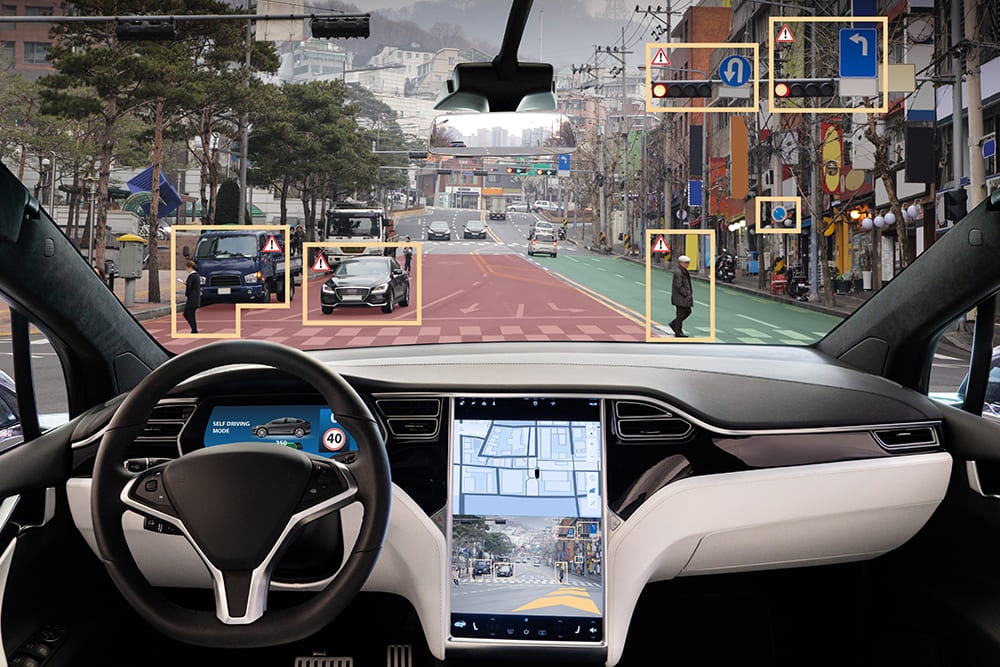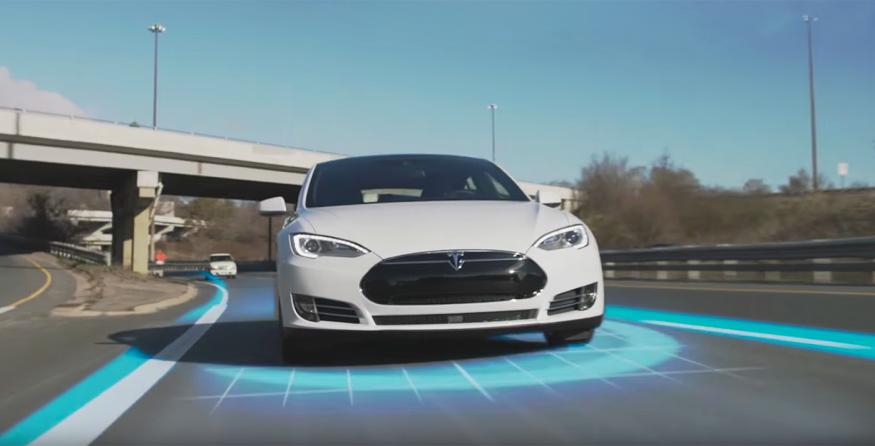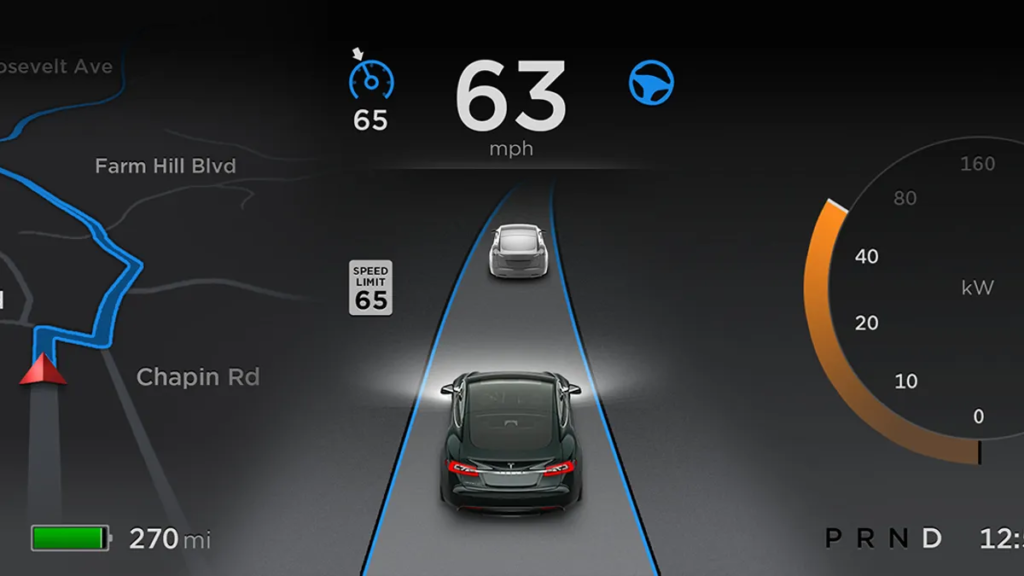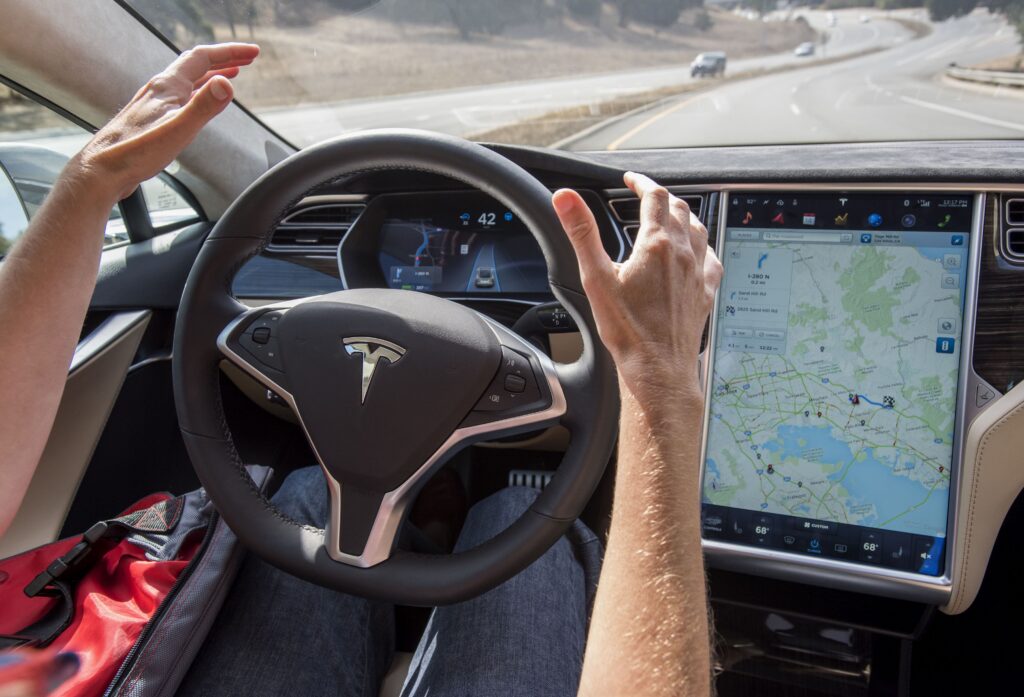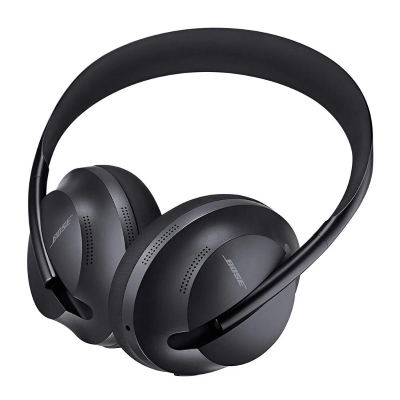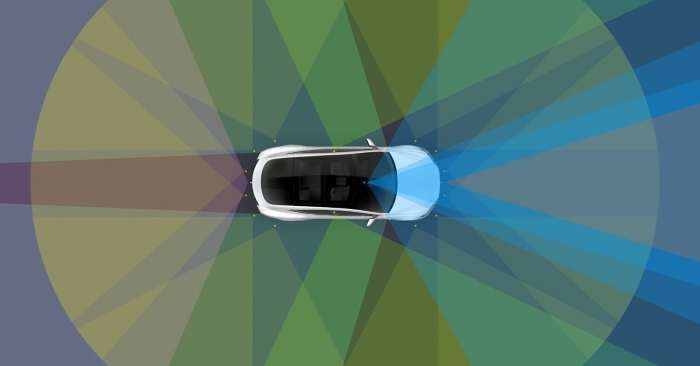
Tesla has revolutionized the automotive enterprise with its cutting-edge self-riding technology known as Autopilot. As the arena inches in the direction of a future of self-sufficient cars, Tesla’s Autopilot has taken the leading edge in pushing the boundaries of what’s possible on the road. However, despite its advancements, there are times whilst Tesla’s Autopilot may not paint as anticipated. In this blog, we can delve into the top 10 motives for Tesla autopilot no longer operating, losing mild on the challenges and boundaries that come with this groundbreaking era.
Understanding Tesla Autopilot:
Tesla Autopilot isn’t always a self-sufficient driving system but rather a sophisticated driving force that helps technology. It combines adaptive cruise control, computerized lane-keeping, and different features to offer semi-self-sustaining driving enjoyment. While it is a massive bounce toward self-driving automobiles, it’s important to apprehend that a human driving force’s supervision continues to be vital.
Common Expectations:
Before we delve into the motives behind the back of Tesla Autopilot malfunctions, allow us to deal with a not-unusual misconception. Some customers may assume that Autopilot equates to complete autonomy, however, it’s now not the case. Drivers should stay engaged and equipped to take control at any second. Autopilot is a resource, no longer a substitute.
Top 10 Reasons for Tesla Autopilot Malfunctions:
1. Software Updates and Compatibility Issues
Regular software program updates are the lifeblood of the Tesla Autopilot system. These updates carry upgrades, new features, and important worm fixes. If your Tesla’s software is precious, it can result in compatibility issues with the Autopilot device. Keeping your automobile’s software program updated is critical to ensure clean Autopilot capability. Additionally, a solid net connection is vital for seamless software program updates.
2. Sensor Calibration Problems
Tesla Autopilot machine closely is predicated on an array of sensors for correct detection and choice-making. Sensor calibration is important to ensure that those sensors work harmoniously. Misaligned or malfunctioning sensors can lead to inaccuracies inside the gadget’s belief of the surroundings, doubtlessly affecting its ability to navigate correctly.
3. Environmental Factors
While Tesla Autopilot is designed to address a whole lot of avenue conditions, environmental elements inclusive of rain, snow, fog, and occasional light situations can pose challenges. These detrimental climate conditions can affect the accuracy of the sensors, main to unexpected conduct. Tesla is actively running to enhance Autopilot’s overall performance in diverse environments, but driving force vigilance stays essential.
4. Road Markings and Sign Recognition
Tesla Autopilot uses road markings and signs and symptoms for navigation and choice-making. Faded or perplexing avenue markings can lead to troubles with the device’s information on the street. It’s crucial to notice that Autopilot is not infallible and can require human intervention in such conditions to ensure safe use.
5. Hardware Failures
Even with the advanced generation, hardware disasters can occur. Malfunctioning cameras, processors, or different hardware components can affect the functionality of Autopilot. Tesla employs a redundancy gadget to mitigate the impact of such disasters, however ordinary maintenance and adherence to Tesla’s assurance tips are vital.
6. Construction Zones and Unpredictable Situations
Autopilot excels in widespread riding situations, however, creation zones and unexpected road conditions can task its capabilities. Sudden lane closures, detours, and transient avenue markings can confuse the device. In such scenarios, drivers ought to be organized to manipulate and navigate through unfamiliar or unpredictable avenue conditions.
7. Interference and Obstructions
Clean sensors are key to Autopilot’s accuracy. Any obstructions on the cameras, sensors, or radar can affect the device’s performance. Reflective surfaces and steel objects can intervene with radar signals. Regularly cleansing and ensuring the sensors are loose from obstruction is critical for the choicest Autopilot functionality.
8. User Errors and Misunderstanding
Driver mistakes are huge elements in Autopilot’s performance. Improper engagement or disengagement of Autopilot can lead to sudden behavior. Drivers need to recognize the skills and barriers of Autopilot and use them responsibly. Many accidents regarding Autopilot arise because of driving force false impressions or misuse.
9. Regulatory and Legal Restrictions
The autonomous riding era faces regulatory and prison-demanding situations in special areas. Autopilot functions might be confined due to local rules or protection worries. Tesla is committed to complying with those guidelines while pushing the boundaries of independent driving.
10. Cybersecurity and Remote Disabling
As the era advances, cybersecurity will become more and more important. Tesla prioritizes the safety of its Autopilot machine and its users. In uncommon instances, Tesla would possibly remotely disable Autopilot features to address protection issues. This emphasizes the need for users to agree with Tesla’s commitment to their safety and facts privacy.
Preventive Measures and Tips:
To mitigate the probability of Tesla Autopilot malfunctions, Tesla owners ought to comply with these steps:
- Regularly replace the software with the modern-day model.
- Keep sensors easy and loose from obstructions.
- Avoid depending totally on Autopilot, keeping complete interest on the street.
- Be careful for the duration of adverse weather or unexpected street conditions.
- Follow Tesla’s pointers for proper engagement and disengagement of Autopilot.
The Future of Autopilot Technology:
Tesla’s commitment to innovation manner that Autopilot’s abilities are likely to extend over the years. The idea of Full Self-Driving (FSD) is being explored, wherein automobiles can navigate entirely without human intervention. However, the transition to FSD raises complex regulatory and moral questions that need cautious consideration.
Conclusion:
Tesla Autopilot is certainly a sport-changer in the automobile world, however, it is no longer without its boundaries. Understanding the reasons behind Autopilot’s occasional hiccups empowers drivers to use the technology responsibly and efficaciously. As Tesla keeps innovating and refining Autopilot, drivers need to continue to be engaged and vigilant, geared up to step in whenever necessary. With non-stop upgrades, Tesla is driving us toward a safer and extra independent destiny on the roads.
Additional Tips:
- Regular Maintenance: Schedule ordinary upkeep exams at Tesla carrier facilities to make certain your vehicle’s hardware and sensors are functioning optimally.
- Educational Resources: Tesla presents a wealth of assets, along with online guides and motion pictures, to assist users in recognizing Autopilot’s functionalities and boundaries.
- Driver Education: Enroll in Tesla’s driving force education programs or attend workshops to decorate your expertise of Autopilot’s skills and secure utilization.
Additional Resources:
- For more in-depth statistics and updates about Tesla Autopilot, bear in mind exploring the following assets:
- Tesla’s reliable internet site: Tesla Autopilot
- Tesla’s consumer manuals and courses are available on its internet site.
- Tesla forums and online groups in which customers percentage reports, pointers, and troubleshooting advice.
FAQs:
Q1: Is Tesla Autopilot completely independent?
A1: No, Tesla Autopilot is not autonomous. It’s a sophisticated driver-help system designed to assist drivers on highways and roads.
Q2: What is the position of the motive force during the use of Autopilot?
A2: Drivers should continue to be engaged, alert, and ready to take manipulate of the vehicle at all times. Autopilot calls for regular supervision.
Q3: Can Autopilot handle all driving situations?
A3: Autopilot excels on highways and well-marked roads, however, it can conflict in complex or dynamic environments like creation zones or closely congested areas.
Q4: How often does Tesla launch software program updates for Autopilot?
A4: Tesla frequently releases software program updates to enhance Autopilot’s performance, introduce new functions, and cope with ability troubles.
Q5: Can Autopilot be characteristic in unfavorable weather conditions?
A5: While Autopilot can handle certain negative weather situations, heavy rain, snow, and severe sunlight may affect its sensors’ accuracy.
Q6: What occurs if lane markings are uncertain or lacking?
A6: Autopilot is predicated on clear lane markings for navigation. Unclear or dwindled markings can confuse and affect the machine’s overall performance.
Q7: Can I interact with Autopilot in a construction area?
A7: It’s encouraged to disengage Autopilot in creation zones or regions with unexpected street modifications because the system won’t correctly interpret the converting surroundings.
Q8: How essential is sensor preservation?
A8: Regular sensor preservation, which includes retaining them clean and loose from obstructions, is essential for accurate sensor information and Autopilot functionality.
Q9: Can Autopilot locate items and boundaries in its direction?
A9: Autopilot can come across positive items and barriers using its sensors, but it’s vital for the driver to constantly remain responsive to sudden barriers.
Q10: Are there plans for absolutely self-sufficient riding with Tesla cars?
A10: Yes, Tesla has been running on Full Self-Driving (FSD) abilities, aiming to attain a stage of autonomy wherein the automobile can navigate without human intervention. However, the timeline for sizable FSD adoption stays uncertain due to regulatory and technical challenges.
Read More: Strategies For Successful Horse Racing Investment

